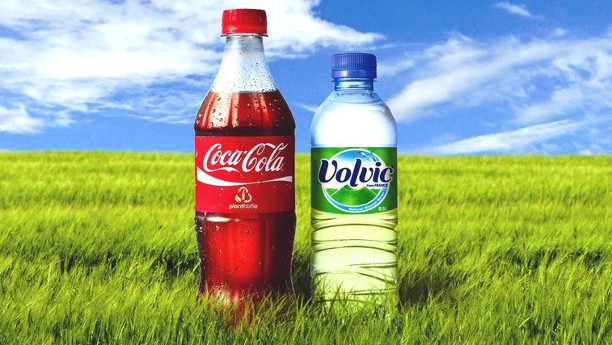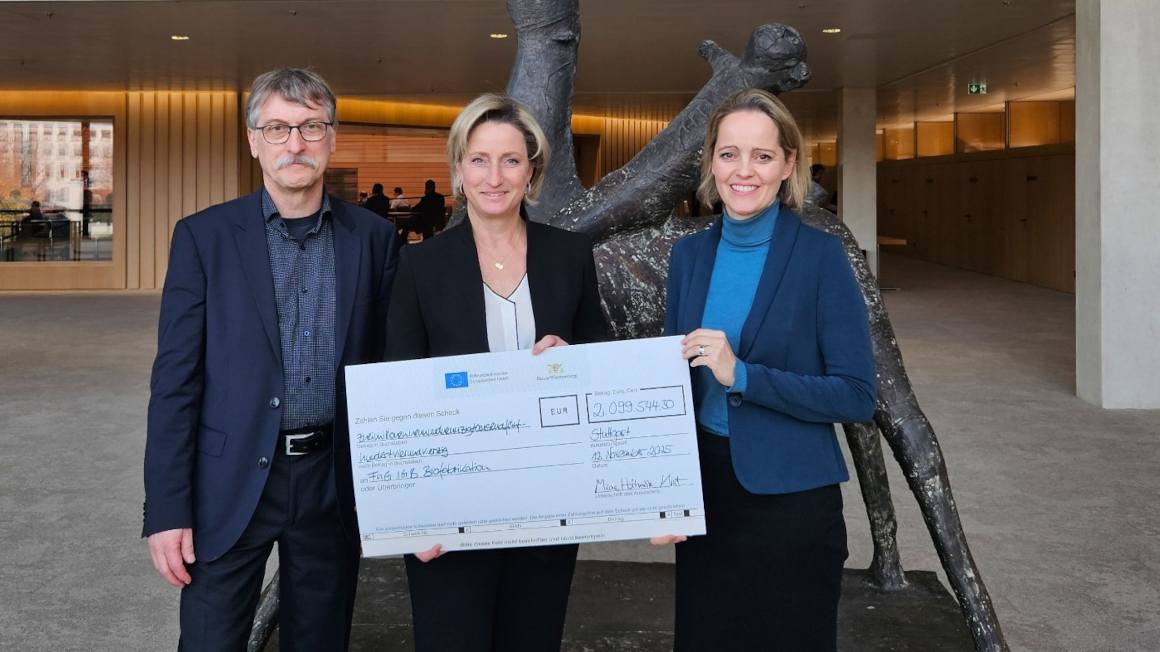Bioplastics: subtle market growth in 2016
According to a market analysis from nova-institute, last year's production capacity for bio-based polymers grew by 4% to 6.6 million tonnes.

With a 2% share of the 300 billion tonnes plastics market and a turnover of €13bn compared to €11bn in 2015, the bioplastics market, however, still remains a niche market. Nova forecasts production to increase from the current volume to 8.5 million tonnes by 2021.
While aligning to the growth rate of the plastics market, the bio-based polymer market performed poorly in contrast to the 10% annual growth observed between 2012 and 2014. Nova points to low oil prices, a lack of political support and a slower than expected growth of the capacity utilisation rate as possible reasons.
Support for biodegradable bioplastics, which make up approximately 25% of the bioplastics market, is not homogeneous across the EU, nova stressed. French and Italian governments push for biodegradables such as polyhydroxyalkanoates (PHA), polylactic acid (PLA) and starch blends for replacing non-degradable PE bags, which are to be banned by EU law to prevent marine littering. There, the sector for biodegradable packaging showed double digit growth. PHA production capacity was still small in 2016 but is projected to almost triple by 2021.
According to figures published by the industry association European Bioplastics, one quarter of the current production covers biodegradable plastics. Most part is bio-based, non-degradable drop-in polymers, that is plastics with the same features as today’s plastics but made by biomass instead of fossil resources. While bio-PET and polyurethane cover almost two thirds of current production, so-called performance polymers – bioplastics that outperform their fossil-based counterparts – such as PEF are still in infancy.
According to figures from nova-institute, the second most dynamic development is foreseen for polyamides (PA), whose production capacity is expected to almost double by 2021. Bio-based drop-in PET and new bio-based polymer PLA are showing approximately 10% annual growth rates.
In addition to bio-based polymers, the nova market report studies seventeen bio-based building blocks as precursor of bio-based polymers. The total production capacity of the bio-based building blocks reviewed in the report was 2.4 million tonnes in 2016 and is expected to reach 3.5 million tonnes in 2021, which means an annual growth of 8%.
According to the study, the building block market shows a more vivid development than the bio-based polymer market. The bio-based building block annual capacity growth rate is twice as high. The most dynamic developments are spearheaded by succinic acid and 1,4-BDO, with monoethylene glycol (MEG) as a distant runner-up. Bio-based MEG, L-lactic acid (L-LA), ethylene and epichlorohydrin are relatively well established on the market. In 2016, Asia took the lead in investment and outperformed Europe, and the US with regard to access to feedstock and political backing.


